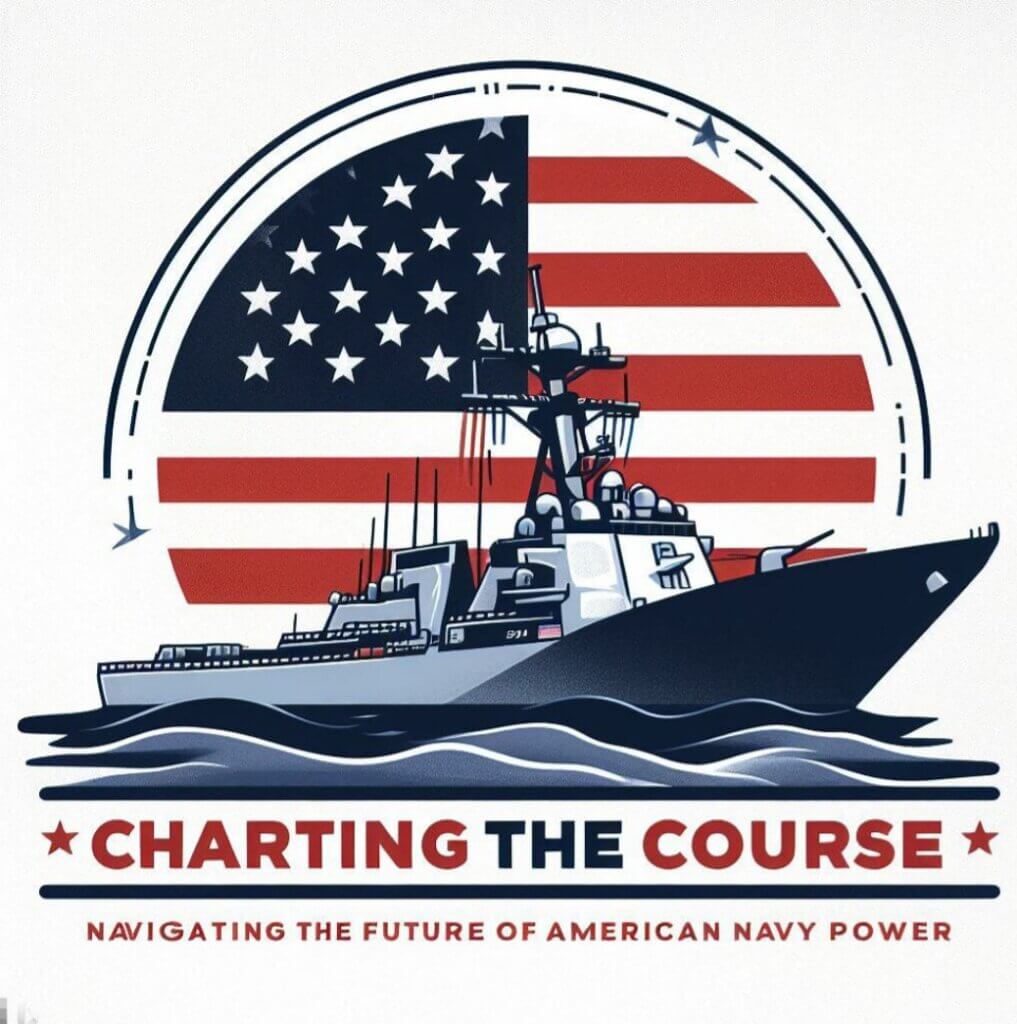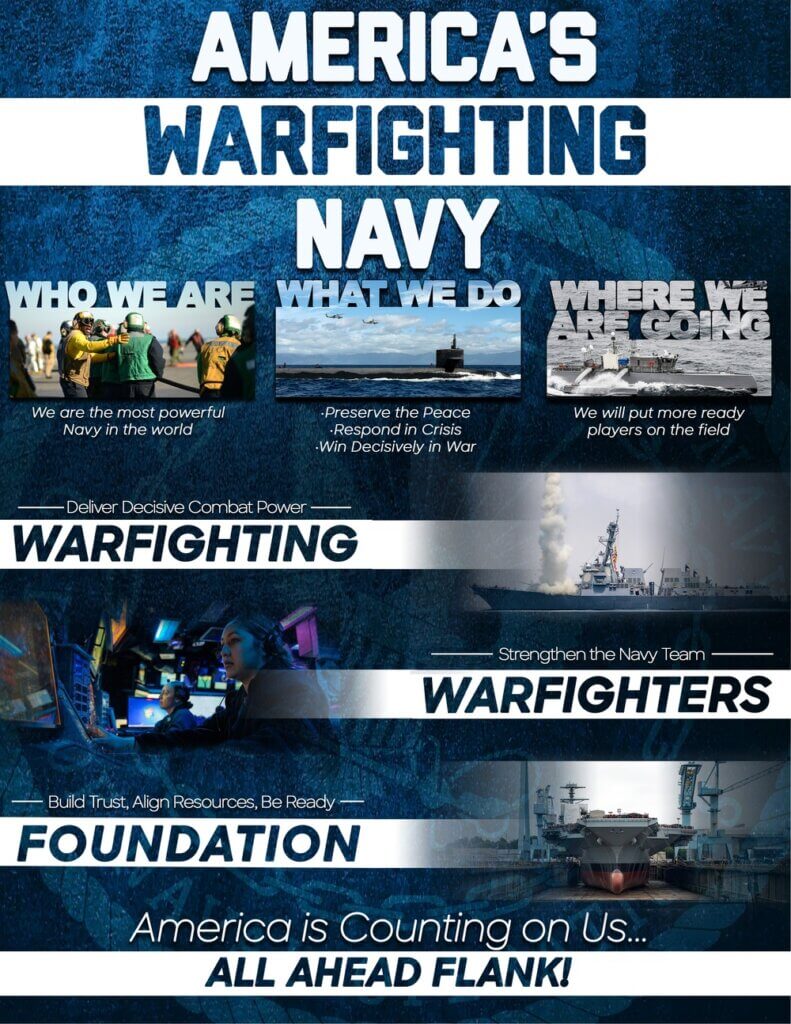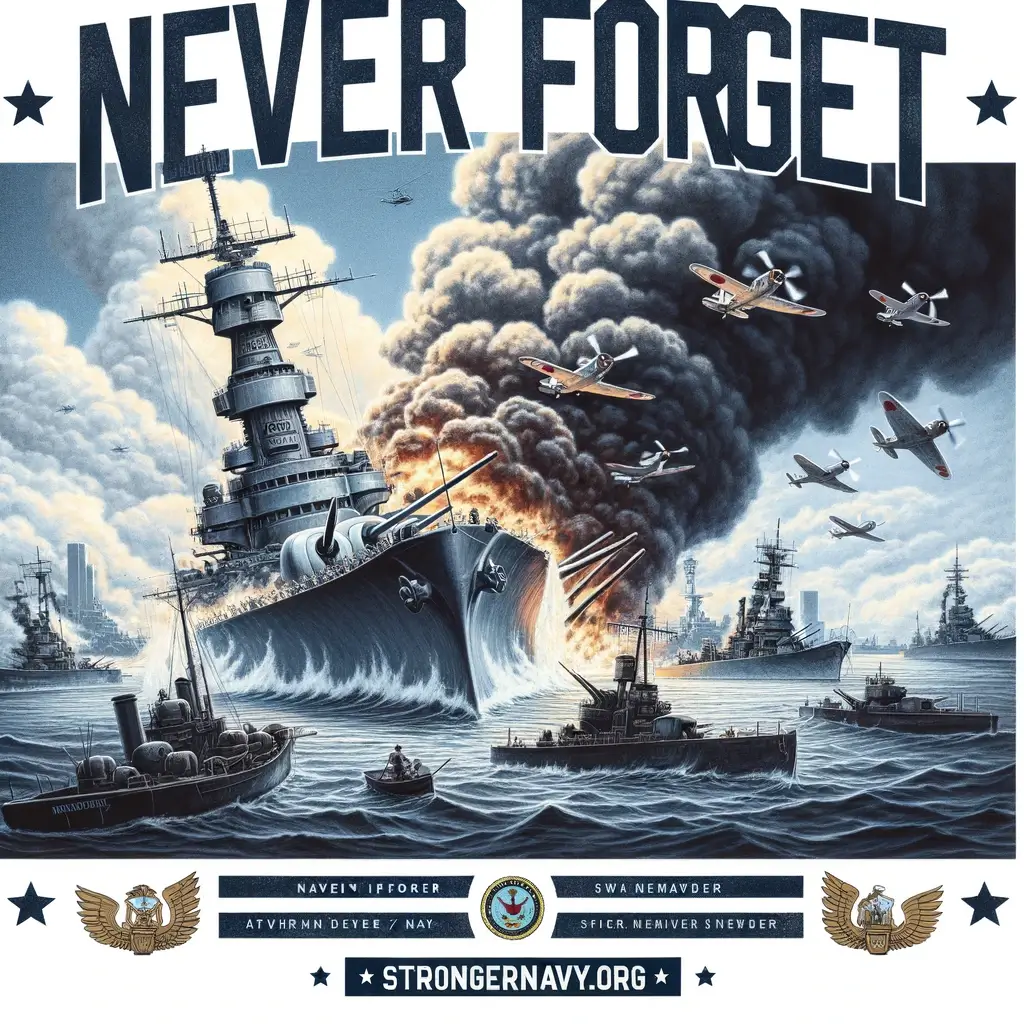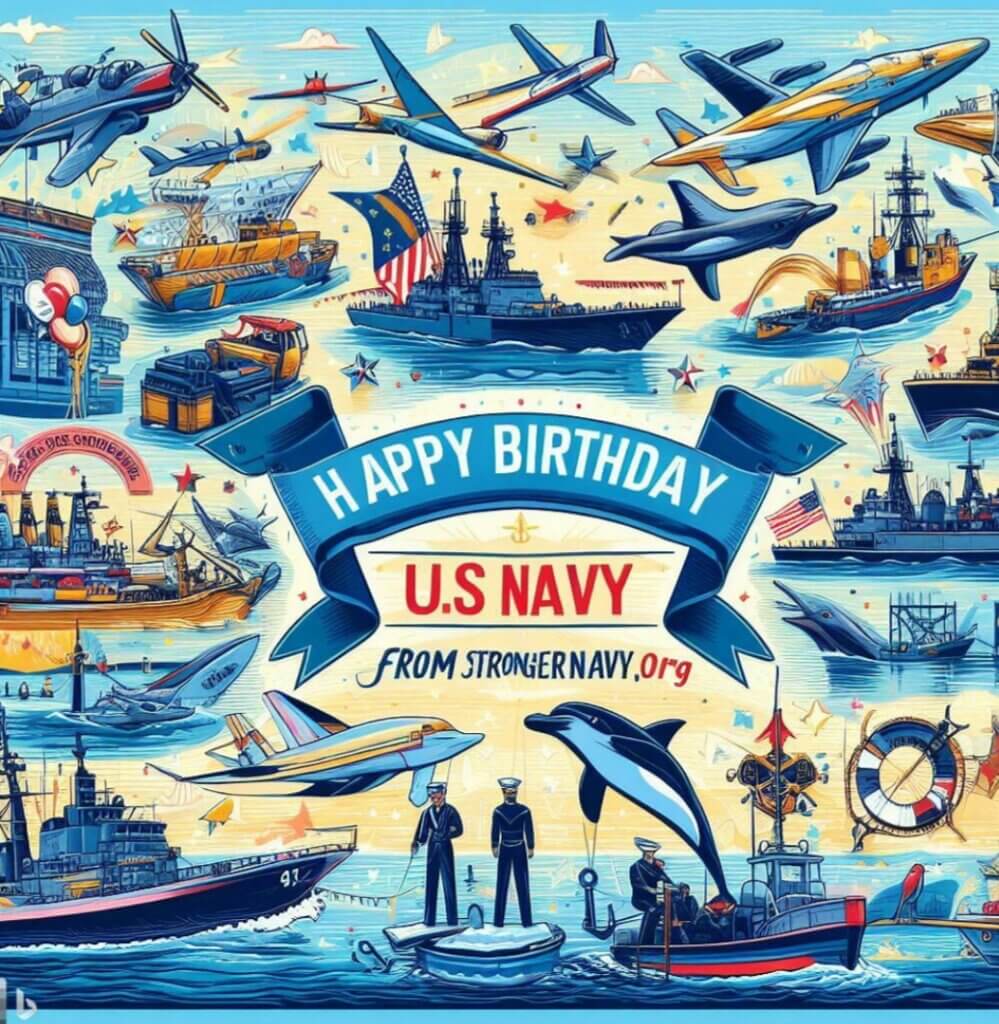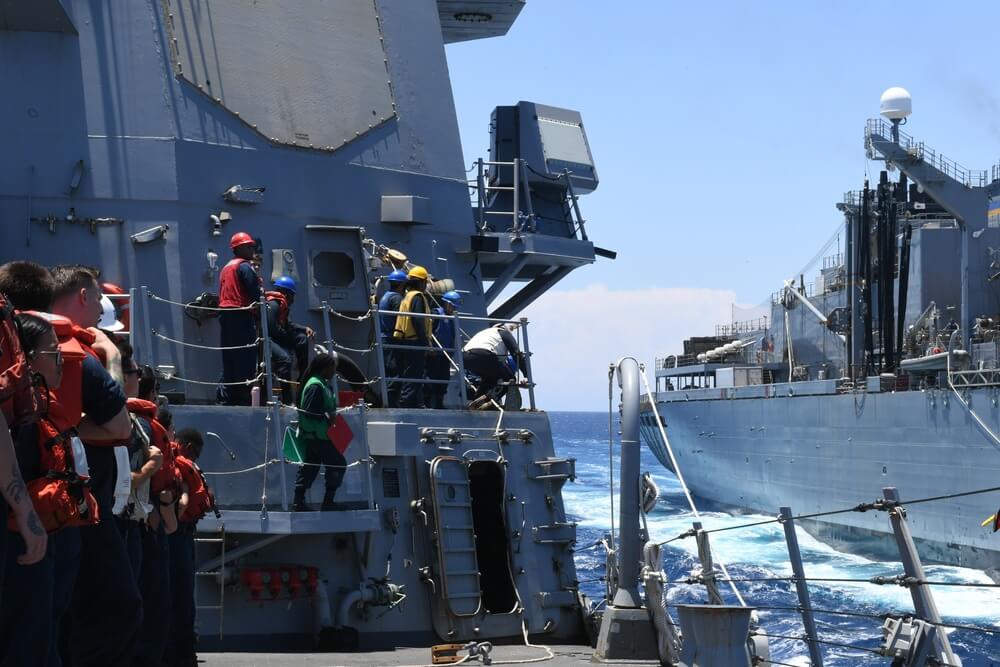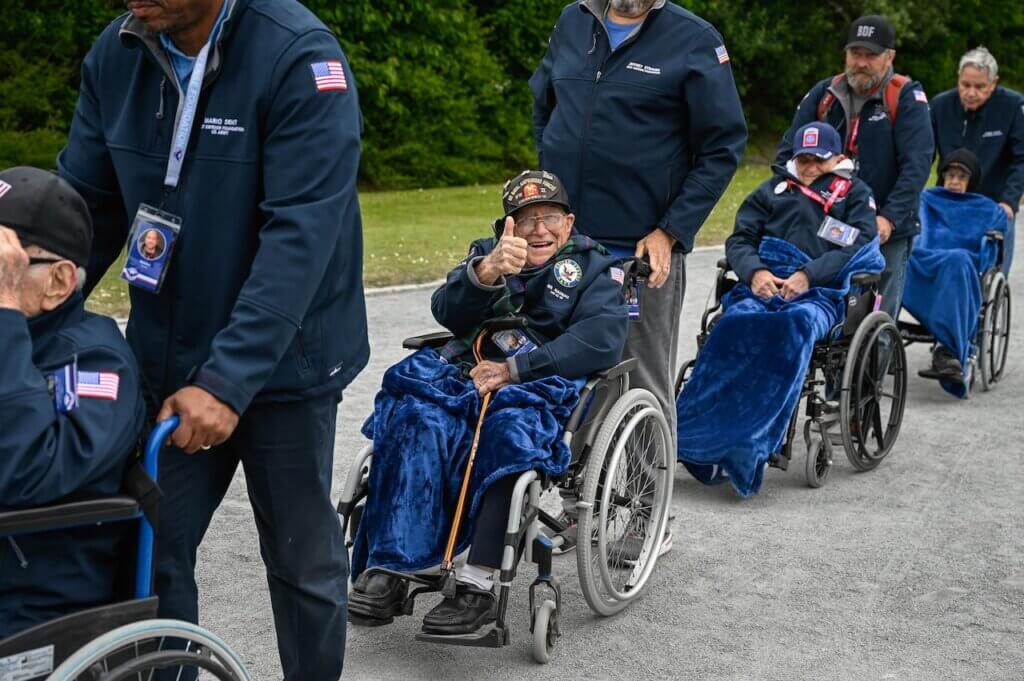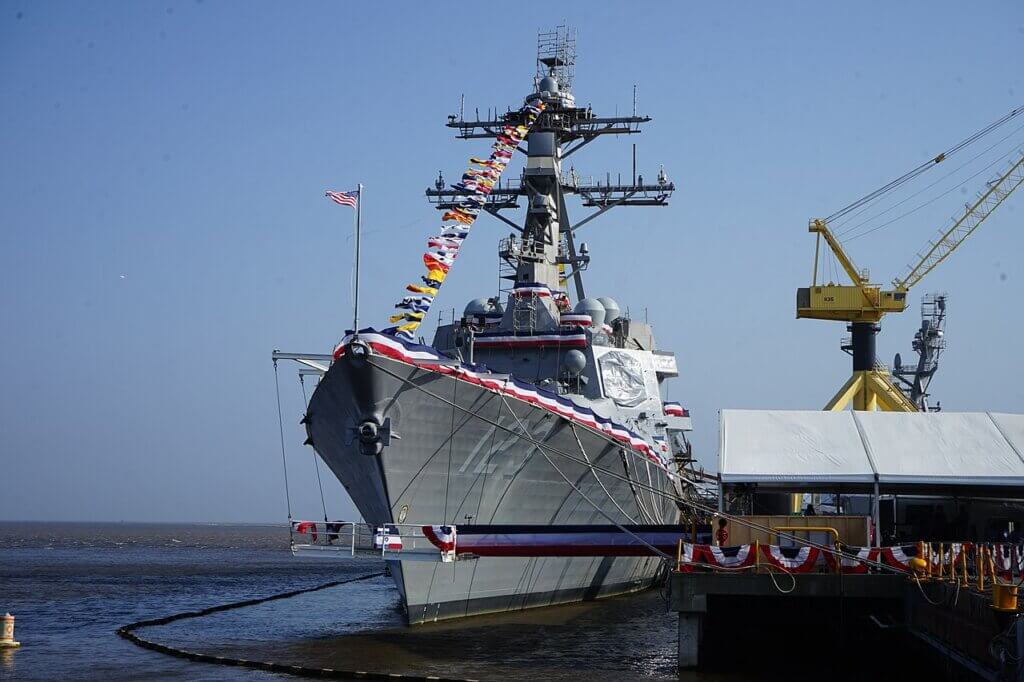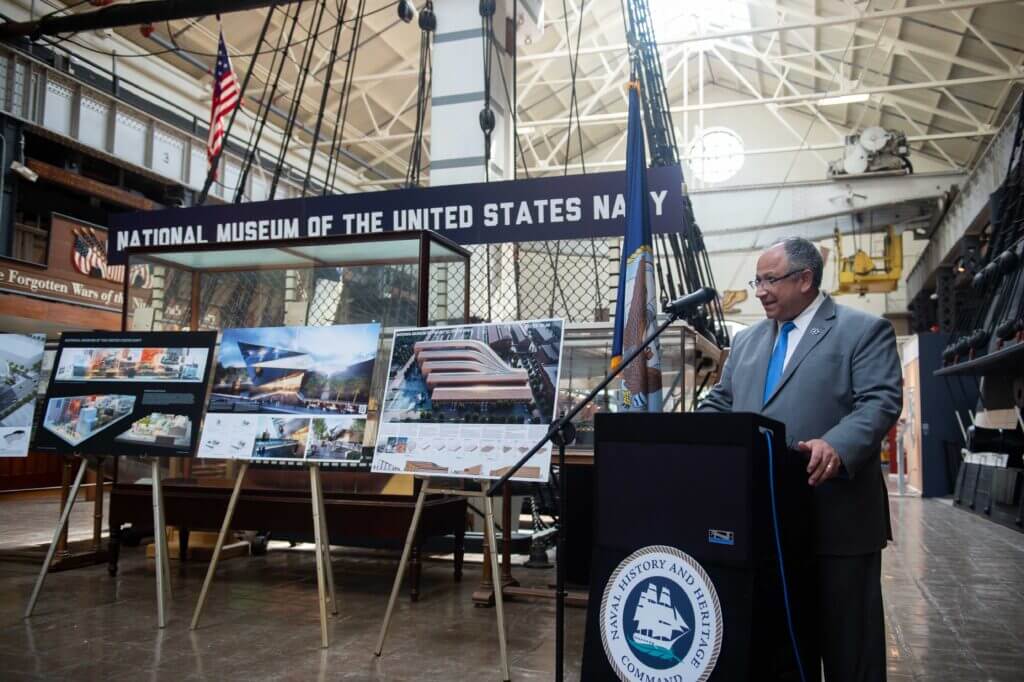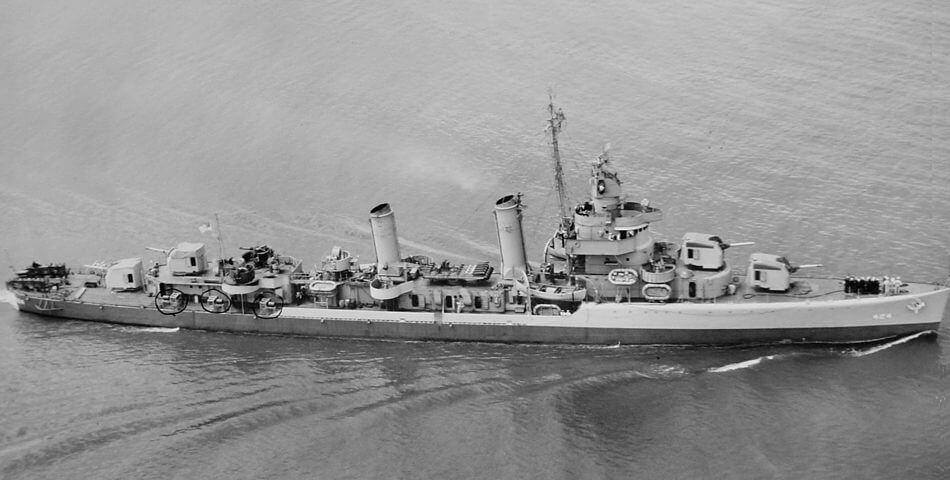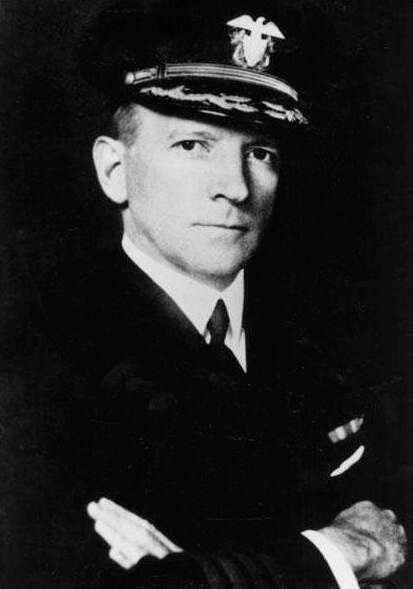
Introduction
Today, with the sentencing of Leonard “Fat Leonard” Francis to 15 years in prison, the U.S. Navy closes a painful chapter in its history—a chapter that has left a lasting black eye on an institution known for its honor and commitment. Francis’s decade-long bribery scheme, which ensnared dozens of high-ranking officers, stained the Navy’s reputation and highlighted vulnerabilities in military contracting that few would have imagined possible. This editorial is a reminder of both the need for accountability and the resilience of the honest, dedicated men and women who serve our Navy with integrity.
A Scandal of Unimaginable Scale
The revelations around the Fat Leonard scandal have been shocking: lavish parties, Kobe beef, fine cigars, and cash exchanged for critical classified information and special favors. This wasn’t just a case of bribery; it was a breach of trust that exposed Navy operations to corruption and mismanagement at an unimaginable scale. The scandal reached as high as the first active-duty admiral to be convicted of a federal crime, creating deep and lasting implications for the Navy’s image.
A Call for Accountability
Francis’s sentencing may seem like justice served, but the journey to accountability is far from over. Though some officers have faced consequences, we know that the ripple effects of this scandal have impacted thousands of sailors who honorably serve every day, distancing themselves from this dark episode and instead focusing on the Navy’s mission. For these sailors and those of us who believe in a stronger, more accountable Navy, Leonard’s sentencing underscores a broader mission: to reinforce integrity, transparency, and accountability within Navy procurement and beyond.
Americans for a Stronger Navy: A Mission of Integrity
At Americans for a Stronger Navy, we’ve communicated over the last few years about the importance of maintaining rigorous standards in Navy operations and procurement practices. Our Navy deserves the resources it needs to safeguard our nation, but it also deserves to operate within systems of integrity and transparency. We call for continued reform and vigilance in military contracting, not merely to avoid another scandal but to ensure that taxpayer dollars go toward strengthening our fleet and supporting those who serve.
Turning a New Page
As this chapter closes, let us reflect on the millions of honorable sailors who uphold our Navy’s values despite scandals like these. The dedicated men and women of the U.S. Navy are not defined by the actions of a few but by their collective commitment to duty, honor, and country. With the Fat Leonard scandal behind us, it’s time to turn a new page—one that reaffirms our Navy’s values and strengthens its foundation for the future.
Conclusion
In closing, we hope that this unfortunate episode serves as a rallying point, a reminder of the Navy’s resilience, and a call for enduring integrity in all facets of military service. As citizens, let us continue to support a Navy that stands by its values and remains steadfast in its mission.


